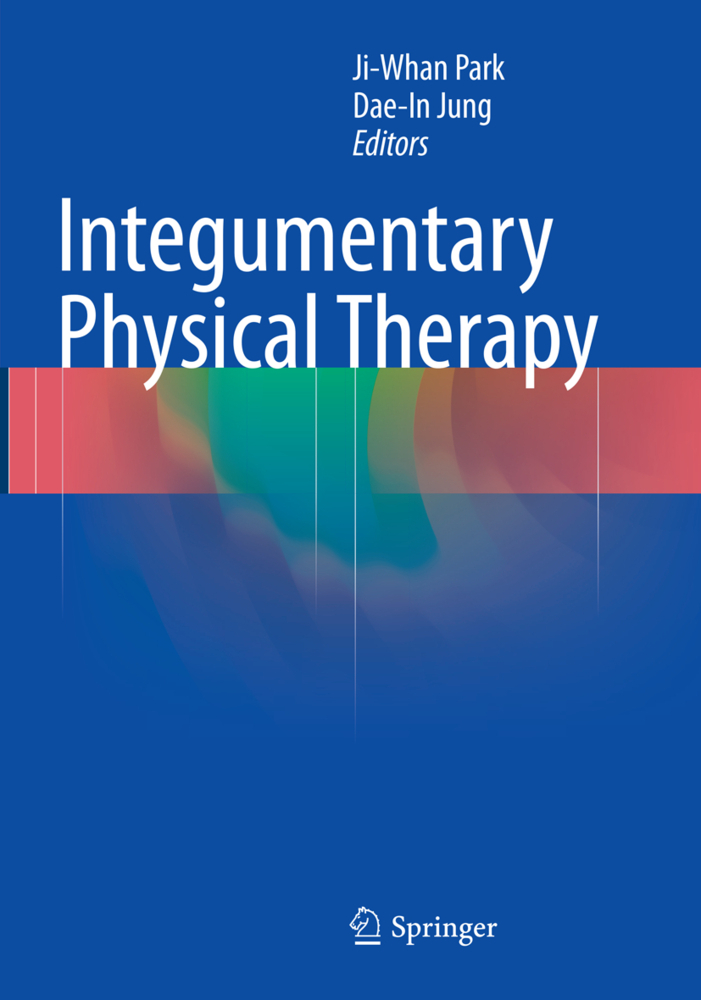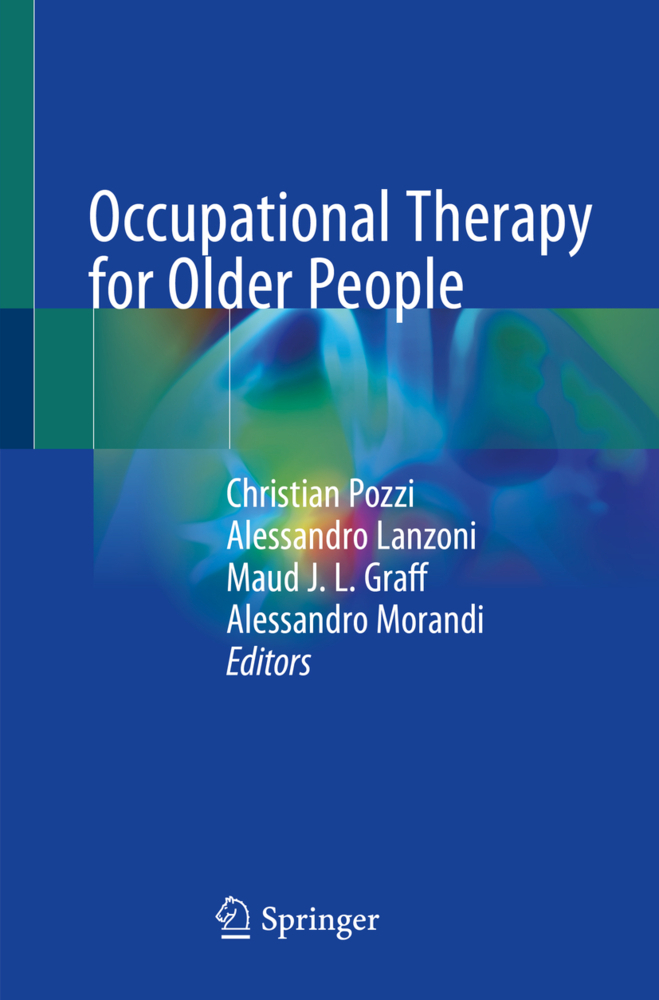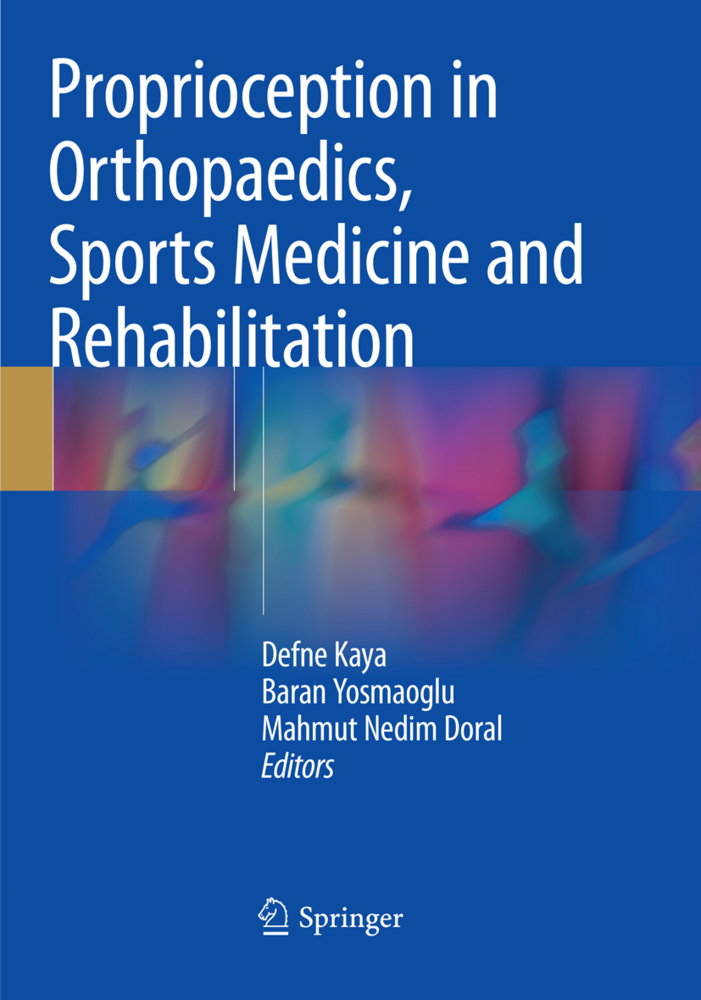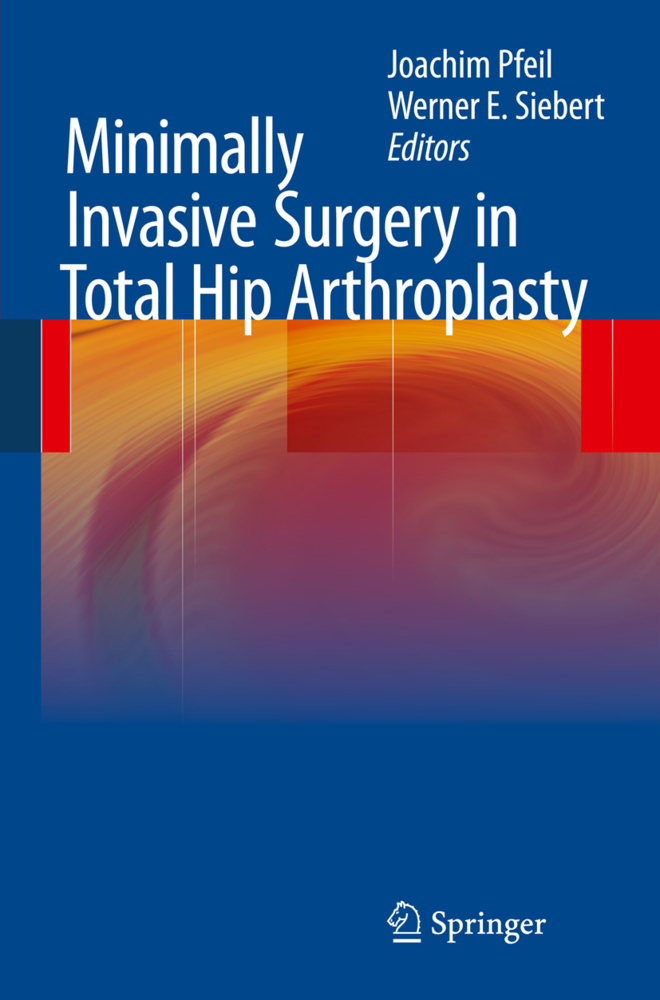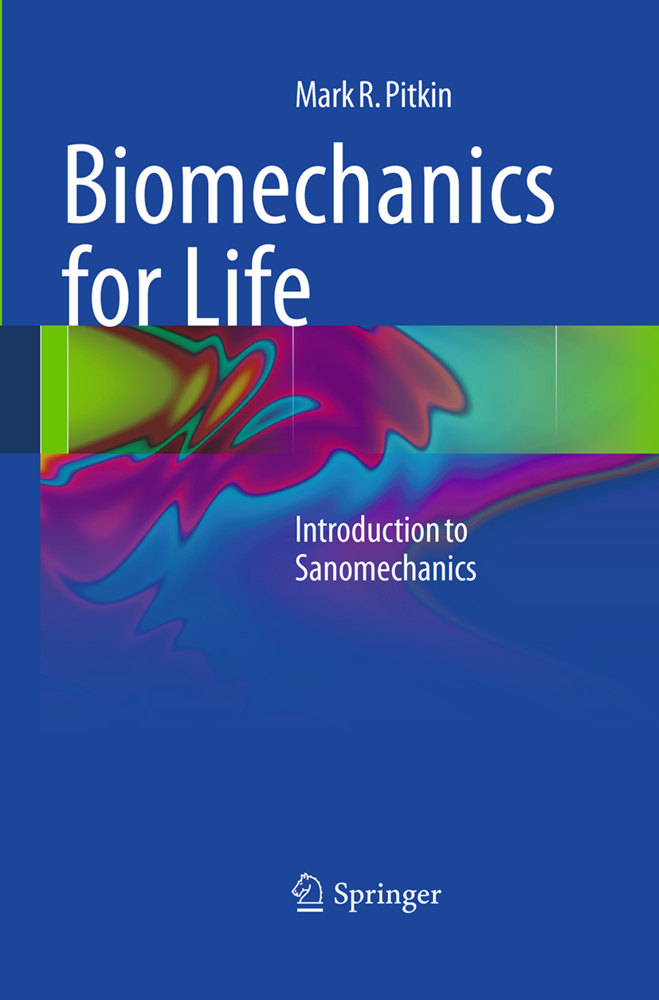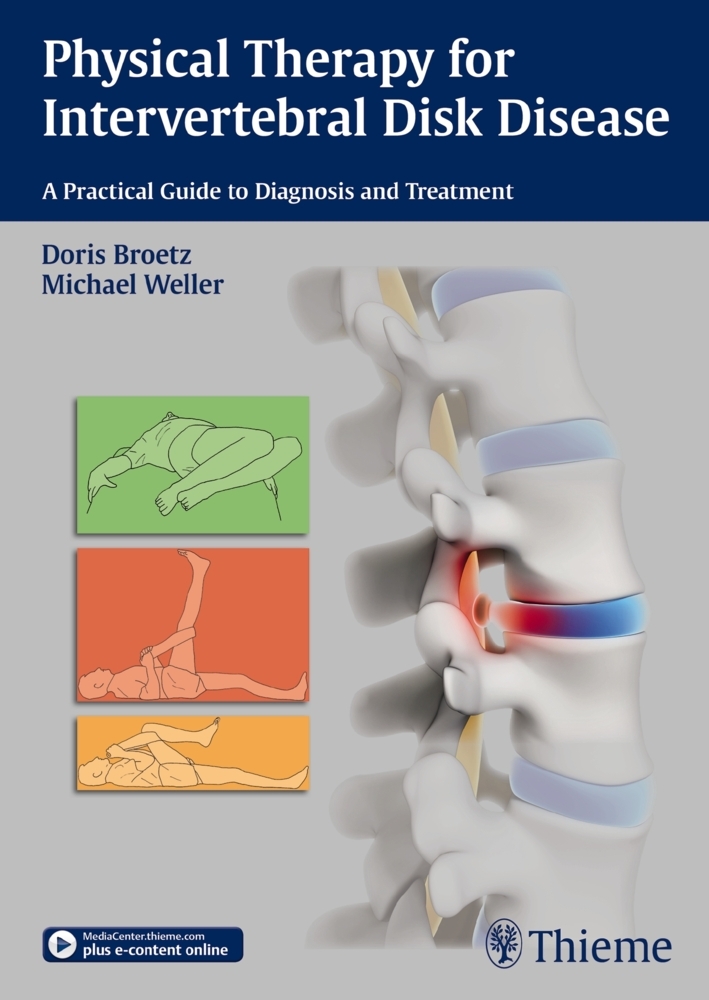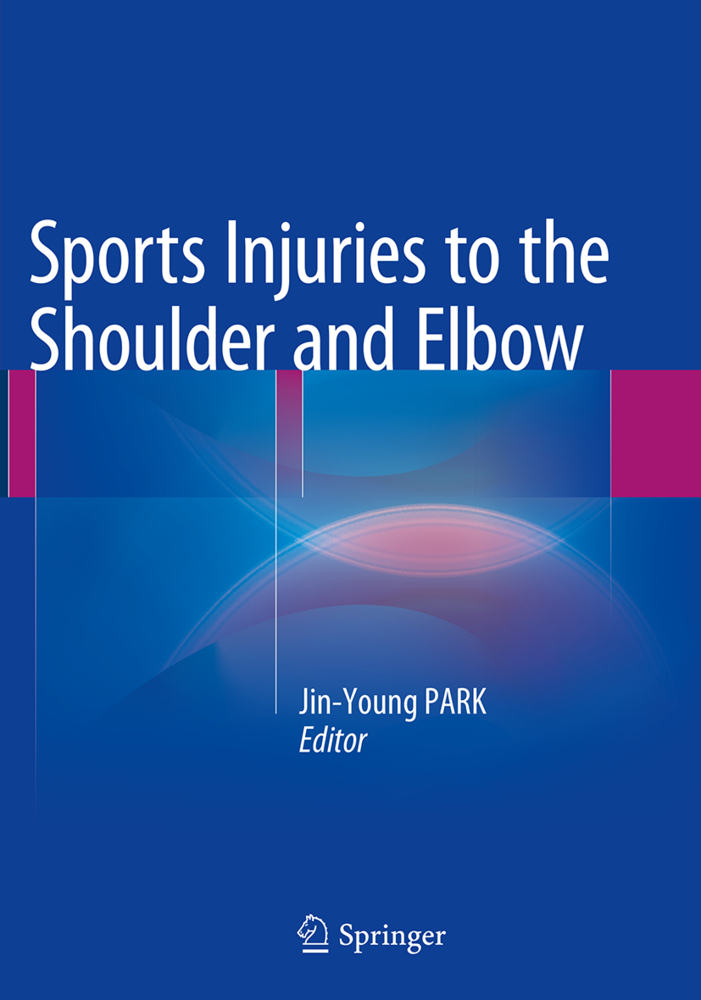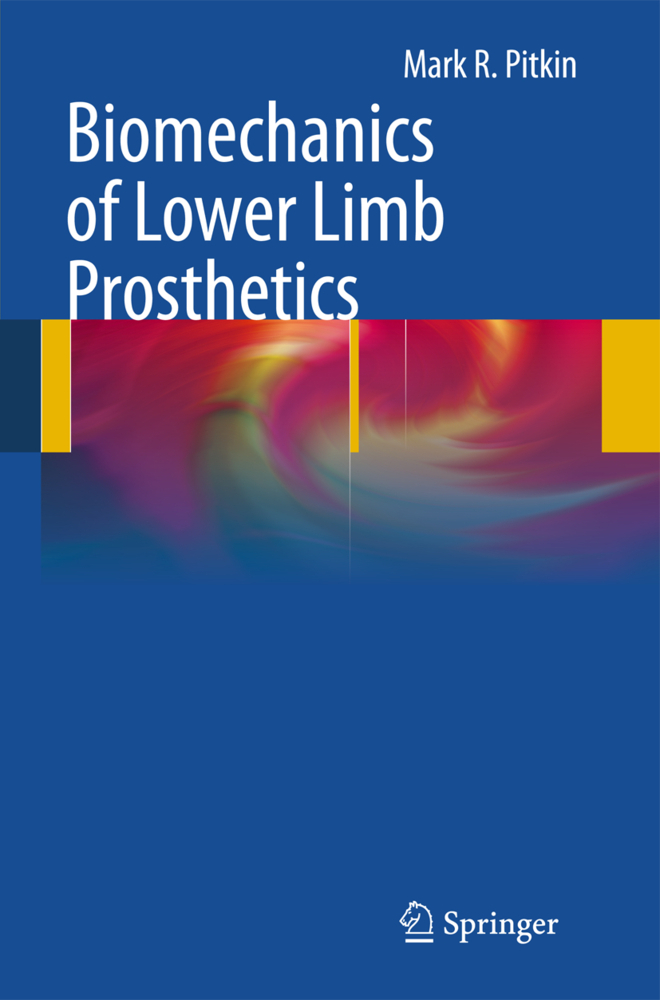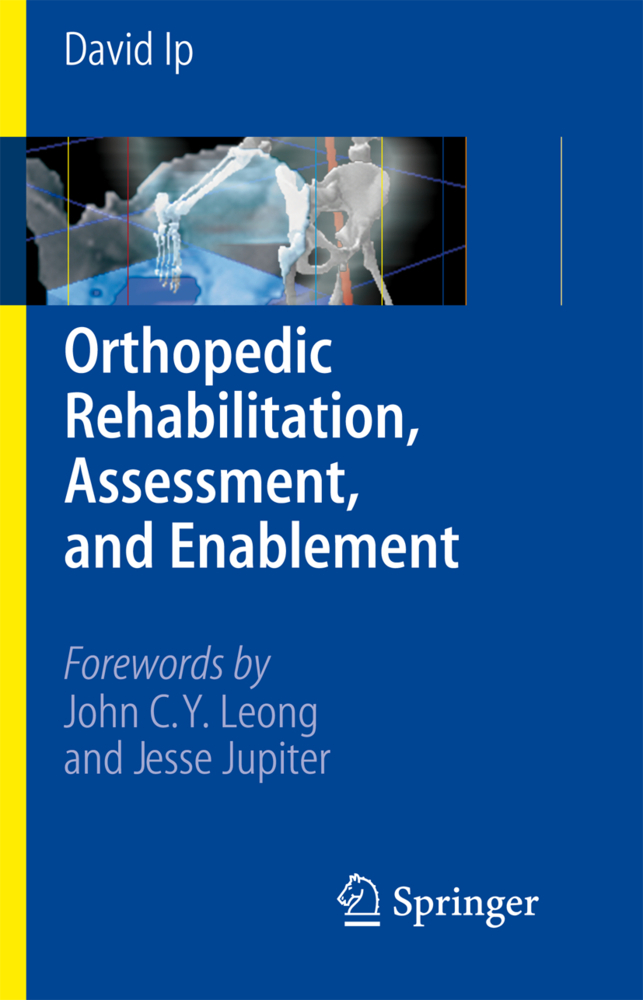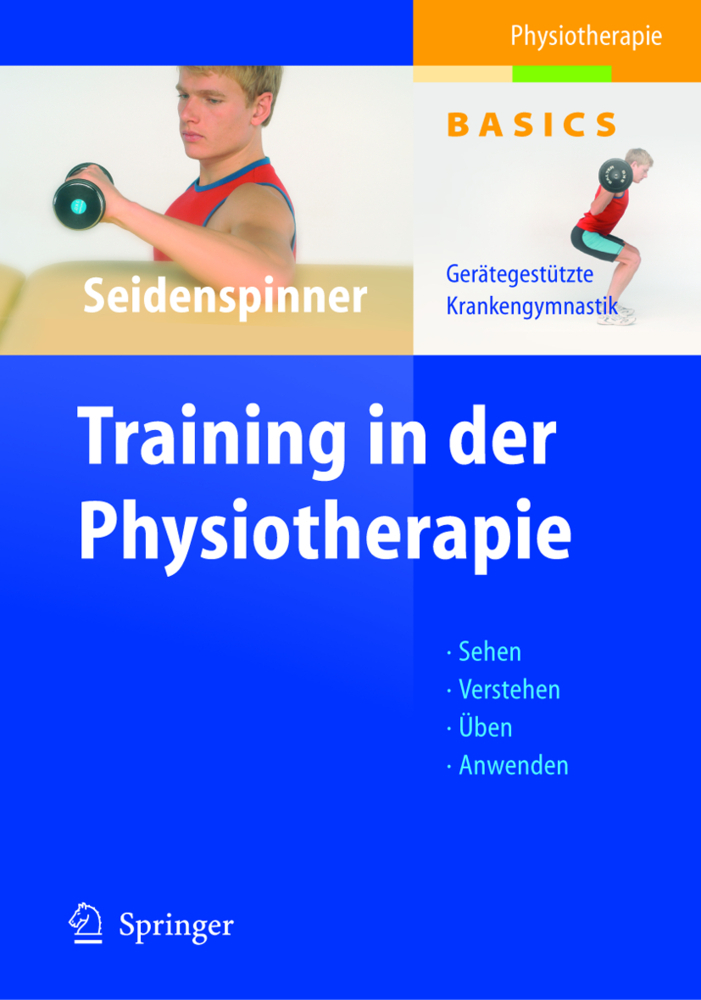Integumentary Physical Therapy
Integumentary Physical Therapy
This book is a practical guide to safe and effective physical therapy methods that can be applied in patients with diverse skin ailments, including scars, decubitus ulcers, burns, frostbite, photosensitivity disorders, inflammatory skin disease, skin cancers, obesity-related conditions, psoriasis, herpes zoster, tineapedis, and vitiligo. For each condition, physical therapy interventions- therapeutic exercises, manual physical therapies, and therapeutic modalities employed in rehabilitation- are described in detail. In addition, information is provided on symptoms and complications, examination and evaluation, medical interventions, and prevention and management methods. In the case of obesity-related skin problems, management is discussed from the point of view of Eastern as well as Western medicine. The text is complemented by more than 300 color photographs and illustrations. Integumentary Physical Therapy will help the reader to obtain optimal therapeutic results when treating patients with skin ailments. It will be of value for both practicing physical therapists and students in physical therapy.
01 Outline of IntegumentarySystem
1. Anatomical Structure of Integumentary System
1) Epidermis
2)Dermis
3) Subcutaneous Tissue
4) Appendages of the Skin or Skin Appendage.-2. Cutaneous Sensation and Neurarchy
1) Cutaneous Sensation
2) CutaneousNerve
3) Sensory Pathway
Characteristic of Integumentary System
1.Type ofIntegumentary System
1) Classification of General Integumentary System Type.-2. Pathology and Recovery of Integumentary System Injury
1) Wound HealingMechanism
3. Skin Aging
1) Classification of Skin Aging
2) Cause of SkinAging
3) Age related Dermal Change Skin Change
4) Functional Change ofGeroderma
4. Skin Histopathology
1) Change of Epidermis
2) Change ofDermoepidermal Junction
3) Change of Dermis
4) Neoplasm of Melanocyte
5)Panniculitis
Evaluation of Integumentary System
1. General CutaneousSymptom and Sign
1) Cutaneous Symptom
2) Cutaneous Sign
2. CutaneousSymptom
1) Pruritus
2) Eczema
3) Erythroderma
4) Hives or Urticaria.-5) Ganglion
6) Blood Vessel Lesion
7) Blush or Flush
8) Vesicle andBlister
9) Hypertrichosis and Hirsutism
10) Acanthosis Nigricans
11)Acquired Ichthyosis
3. Dermatological Examination Method
1) GeneralDiagnosis
2) Physical Examination
3) Examination using Diagnosis AssistDevice
4) Microbiologic Test
5) Skin Biopsy
6) Immunofluorescent Test.-7) Electron Microscopy
8) Skin Reaction Test
9) Oral Provocation Test
4.Examination and Evaluation of Physical Therapy
1) Examination
ProblemSolving
02 Wound
1. Outline
2. Cause
1) Cutting
2) Tension
3)Compression
3. Classification
1) Partial Lamella Wound
2) CompleteLamella Wound
3) Other Classification
4. Symptom and Complication
1)Wound Infection
2) Suture Mark
3) Keloid and Hypertrophic Scarring
5.Examination and Evaluation
1) Initial Evaluation of Wound
2) Test toWound
3) Test around Wound
Intervention
1. Intervention
1)InterventionalApproach
2) Medical Treatment
Physical Therapy Intervention
1)Therapeutic Exercise
2) Manual Therapy
3) Physical Agent Therapy
3. Preventionand Management
1) Prevention
2) Management
3) Patient/GuardianEducation
Advice for Physical Therapist
Problem Solving
03 DecubitusUlcer
1. Outline
2. Cause
1) Pressure
2) Trauma Cutis
3) Chafing andSkin Friction
4) Loss of Cutaneous Sensation
5) Loss of Vasomotor
6)Humidity and Body Temperature
7) Nutritional Deficiency
3. Classification.-1) Compressive Decubitus Ulcer
2) Diabetic Decubitus Ulcer
4. Symptom
1)Decubitus Ulcer according to the Posture
2) Advancing Stage of DecubitusUlcer
5. Examination and Evaluation
1) Evaluation of Decubitus Ulcer
2) RecordGuideline of Decubitus Ulcer
3) Evaluation Tool of Decubitus Ulcer
4)Peripheral Blood Vessel Circulation Examination
Intervention
1.Intervention
1) Interventional Approach
2) Medical Treatment
2. PhysicalTherapy Intervention
1) Decubitus Ulcer Prevention Posture
2) TherapeuticExercise
3) Manual Therapy
4) Physical Agent Therapy
3. Prevention andManagement
1) Diabetic Decubitus Ulcer
2) Compressive Decubitus Ulcer
3)Management
4) Patient/Guardian Education
Advice for Physical Therapist.-Problem Solving
04 Burn
1. Outline
2. Cause
1) Scalding Burn
2) FlameBurn
3) Electrical Burn
4) Chemical Burn
5) Contact Burn
6) InhalationBurn
3. Classification
1) First Degree Burn
2) Second Degree Burn
3)Third Degree Burn
4) Fourth Degree Burn
4. Evaluation
1) Rule of Nines.-2) Lund-Browder Formula
3) American Burn Association
5. Symptom
1)Pathophysiological Symptom according to Recovery Stage
2) Systematic Symptomof the Human Body
3) Systemic Symptom
6. Prognosis and Complication
1)Prognosis
2) Complication
Intervention
1. Intervention
1)Interventional Approach
2) Medical Treatment
3) Surgical Treatment
2.Physical Therapy Intervention
1) Therapy to Wound
2) Therapy to Edema
3)Take the Posture
4) Physical Agent Therapy
5) Therapeutic Exercise
6)Physical Therapy for Skin Graft
7) Scar Management by Burn
8) Orthosis
3.Prevention and Management
1) Prevention and Management
2) Patient/GuardianEducation
Advice for Physical Therapist
Problem Solving
05 Frostbite
1.Outline
2. Cause
3. Classification
1) Non-Frozen Injury
2) FreezeInjury
3) Classification according to the Grade of Frostbite Injury
4.Symptom
1) Clinical Symptom
2) Pathological Stage of Frostbite
5.Examination and Evaluation
Intervention
1. Intervention
1) InterventionalApproach
2) Medical Treatment
2. Physical Therapy Intervention
1) Postureor Position
2) Therapeutic Exercise
3) Manual Therapy
4) Physical AgentTherapy
3. Prevention and Management
1) Prevention
2) Management
3) Patient/GuardianEducation
Advice for Physical Therapist.-Problem Solving
06Photosensitivity Disorder
1. Outline
2. Cause
3. Classification
4.Symptom and Complication
1) Photoexacerbation Disorder
2) IdiopathicDisorder
3) Hereditary Disorder
4) Photosensitivity Disorder by ExtrinsicDrug
5) Metabolic Disorder
6) Neoplastic Disorder
5. Examination andEvaluation
1) Clinical Inspection
2) Final Examination
3)Histopathological Finding
4) Clinical Examination
Intervention
1.Intervention
1) Interventional Approach
2) Medical Treatment
2. PhysicalTherapy Intervention
1) Physical Agent Therapy
3. Prevention andManagement
1) Prevention
2) Management
4. Patient and GuardianEducation
Advice for Physical Therapist
Problem Solving
07 InflammatorySkin Disease
1. Outline
1) Atopic Dermatitis
2) Contact Dermatitis
2.Cause
1) Atopic Dermatitis
2) Contact Dermatitis
3. Classification
1)Atopic Dermatitis
2) Contact Dermatitis
4. Symptom and Complication
1)Atopic Dermatitis
2) Contact Dermatitis
5. Examination and Evaluation
1)Atopic Dermatitis
2) Contact Dermatitis
Intervention
1. Intervention
1)Interventional Approach
2) Medical Treatment
2. Physical TherapyIntervention
1) Therapeutic Exercise
2) Physical Agent Therapy
3.Prevention and Management
1) Atopic Dermatitis
2) Contact Dermatitis
3)Patient/Guardian Education
Fibromyalgia Syndrome
1. Outline
2. Cause
1)Loss of Sufficient Sleep
2) Abnormal Neurochemical Reaction
3) SympatheticNervous System Disorder
4) Factor of Local Tissue
3. Symptom
4. Examinationand Evaluation
Intervention
1. Intervention
1) Interventional Approach.-2) Medical Treatment
2. Physical Therapy Intervention
1) TherapeuticExercise
2) Manual Therapy
3) Physical Agent Therapy
3. Prevention andManagement
1) Prevention and Management
2) Patient/Guardian Education.-Advice for Physical Therapist
Problem Solving
08 Skin Cancer
1. Outline.-2. Cause
3. Classification
1) Squamous Cell Carcinoma
2) Basal CellCarcinoma
3) Malignant Melanoma
4) Actinic Keratosis
4. Symptom andComplication
1) Squamous Cell Carcinoma
2) Basal Cell Carcinoma
3)Malignant Melanoma
5. Examination and Evaluation
1) Diagnosis of SkinCancer
2) Stage of Skin Cancer
Intervention
1. Intervention
1)Interventional Approach
2) Medical Treatment
2. Physical TherapyIntervention
1) Posture or Position
2) Therapeutic Exercise
3) ManualTherapy
4) Physical Agent Therapy
3. Prevention and Management
1)Prevention of Skin Cancer
2) Management of Skin Cancer
3) Patient/GuardianEducation
Lymphedema
1. Outline
2. Cause
3. Classification
1) PrimaryLymphedema
2) Secondary Lymphedema
4. Symptom and Complication
5.Examination and Evaluation
1) Radiologic Examination
2) Physical TherapyExamination
3) Circumference Self Measurement of Tapeline
4) Skin EdemaVolume-meter Examination
5) using Body Composition Analyzer(Inbody)
6)Prodromal Symptom Identification
7) Symptom and Severity Evaluation.-Intervention
1. Intervention
1) Interventional Approach
2) MedicalTreatment
2. Physical Therapy Intervention
1) Posture or Position
2)Therapeutic Exercise
3) Manual Therapy
4) Skin Care
5) Physical AgentTherapy
3. Prevention and Management
1) Prevention of Lymphedema
2) Managementof Lymphedema
3) Patient/Guardian Education
Advice for Physical Therapist.-Problem Solving
09 Obesity
1. Outline
2. Cause
1) Environment Factor.-2) Genetic and Congenital Cause
3) Neurological and Endocrine SystemDisorder
4) Drug
5) Psychological Factor
3. Classification
1)Classification by Cause of Obesity
2) Classification according to AdipocyteNumber and Size
3) Classification according to Distribution in Vivo ofAdipose Tissue
4) Classification according to Time of Obesity Onset
4.Symptom and Complication
1) Symptom of Obesity
2) Complication of Obesity.-5. Examination and Evaluation
1) Method using Weight Length Index
2)Evaluation Method at Fat Distribution
3) Other Body Fat Mass Measurement.-Intervention
1. Intervention
1) Interventional Approach
2) MedicalTreatment
2. Physical Therapy Intervention
1) Therapeutic Exercise
2)Manual Therapy
3) Physical Agent Therapy
3. Prevention and Management
1)Prevention
2) Management
3) Patient/Guardian Education
Advice forPhysical Therapist
Problem Solving
10 Other Skin Disorder(Psoriasis, HerpesZoster, Tinea Pedis, Vitiligo)
Psoriasis
1. Outline
2. Cause
3.Classification
1) Plaque Psoriasis
2) Guttate Psoriasis
3) InversePsoriasis
4) Exfoliative Psoriasis
5) Pustular Psoriasis
6) PsoriaticArthritis
7) Scalp Psoriasis
8) Fingernail and Toenail Psoriasis
4.Symptom and Complication
5. Examination and Evaluation
Intervention
1.Intervention
1) Interventional Approach
2) Medical Treatment
2. PhysicalTherapy Intervention
1) Posture or Position
2) Therapeutic Exercise
3)Manual Therapy
4) Physical Agent Therapy
3. Prevention and Management
1)Prevention
2) Management
3) Patient/Guardian Education
Herpes Zoster
1.Outline
2. Cause
3. Symptom and Complication
1) General Symptom
2) Partof Origin
3) Pain
4) Motor Disturbance or Motor Disorder
4. Examinationand Evaluation
Intervention
1. Intervention
1) Interventional Approach.-2) Medical Treatment
2. Physical Therapy Intervention
1) Posture orPosition
2) Therapeutic Exercise
3) Manual Therapy
4) Physical AgentTherapy
3. Prevention and Management
1) Prevention
2) Management
3)Patient/Guardian Education
Tinea Pedis
1. Outline
2. Cause
3. Symptomand Complication
4. Examination and Evaluation
1) Direct Smear Test
2)Fungal Culture Test
Intervention
1. Intervention
1) InterventionalApproach
2) Medical Treatment
2. Physical Therapy Intervention
1) Postureor Position
2) Therapeutic Exercise
3) Manual Therapy
4) Physical AgentTherapy
3. Prevention and Management
1) Prevention
2) Management
3)Patient/Guardian Education
Vitiligo
1. Outline
2. Cause
1) ImmuneTheory
2) Nerve Liquid Theory
3) Melanocyte Self Destruction Theory
3.Symptom and Complication
4. Examination and Evaluation
Intervention
1.Intervention
1) Interventional Approach
2) Medical Treatment
2. PhysicalTherapy Intervention
1) Posture or Position
2) Therapeutic Exercise
3)Manual Therapy
4) Physical Agent Therapy
3. Prevention and Management
1)Prevention
2) Management
3) Patient/Guardian Education
Advice forPhysical Therapist
Problem Solving.
| ISBN | 978-3-662-56895-8 |
|---|---|
| Artikelnummer | 9783662568958 |
| Medientyp | Buch |
| Auflage | Softcover reprint of the original 1st ed. 2016 |
| Copyrightjahr | 2018 |
| Verlag | Springer, Berlin |
| Umfang | VII, 246 Seiten |
| Abbildungen | VII, 246 p. 234 illus., 226 illus. in color. |
| Sprache | Englisch |

